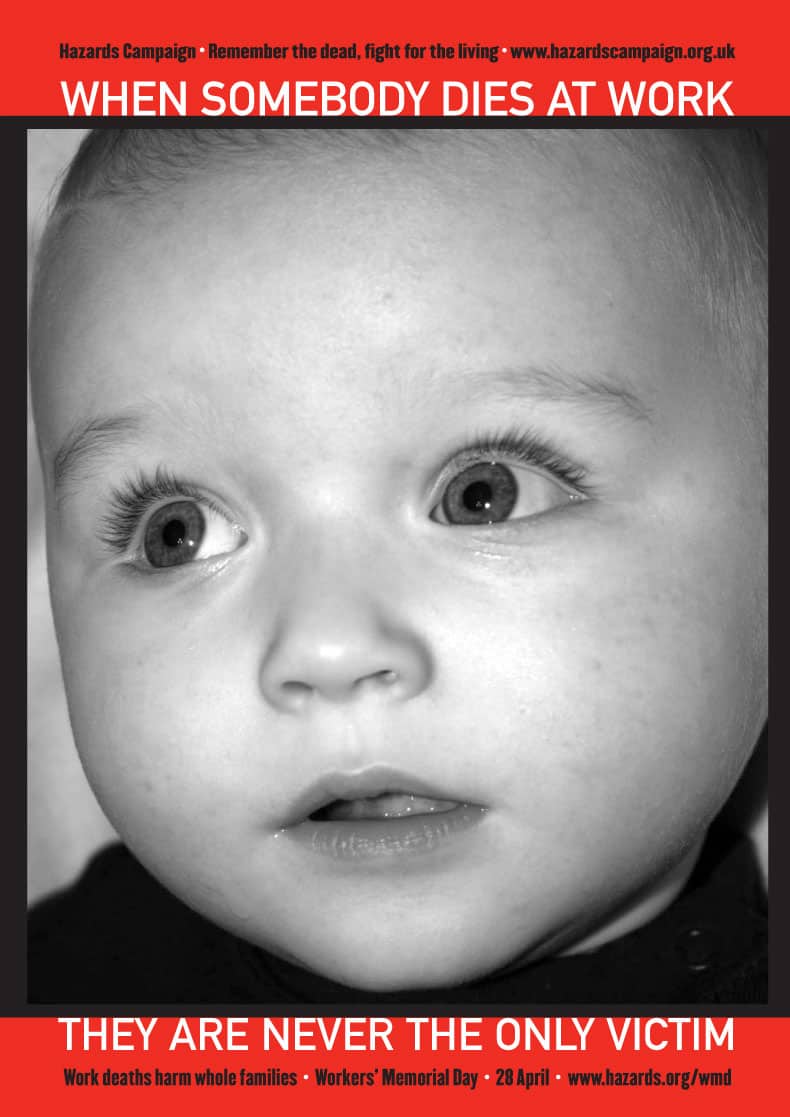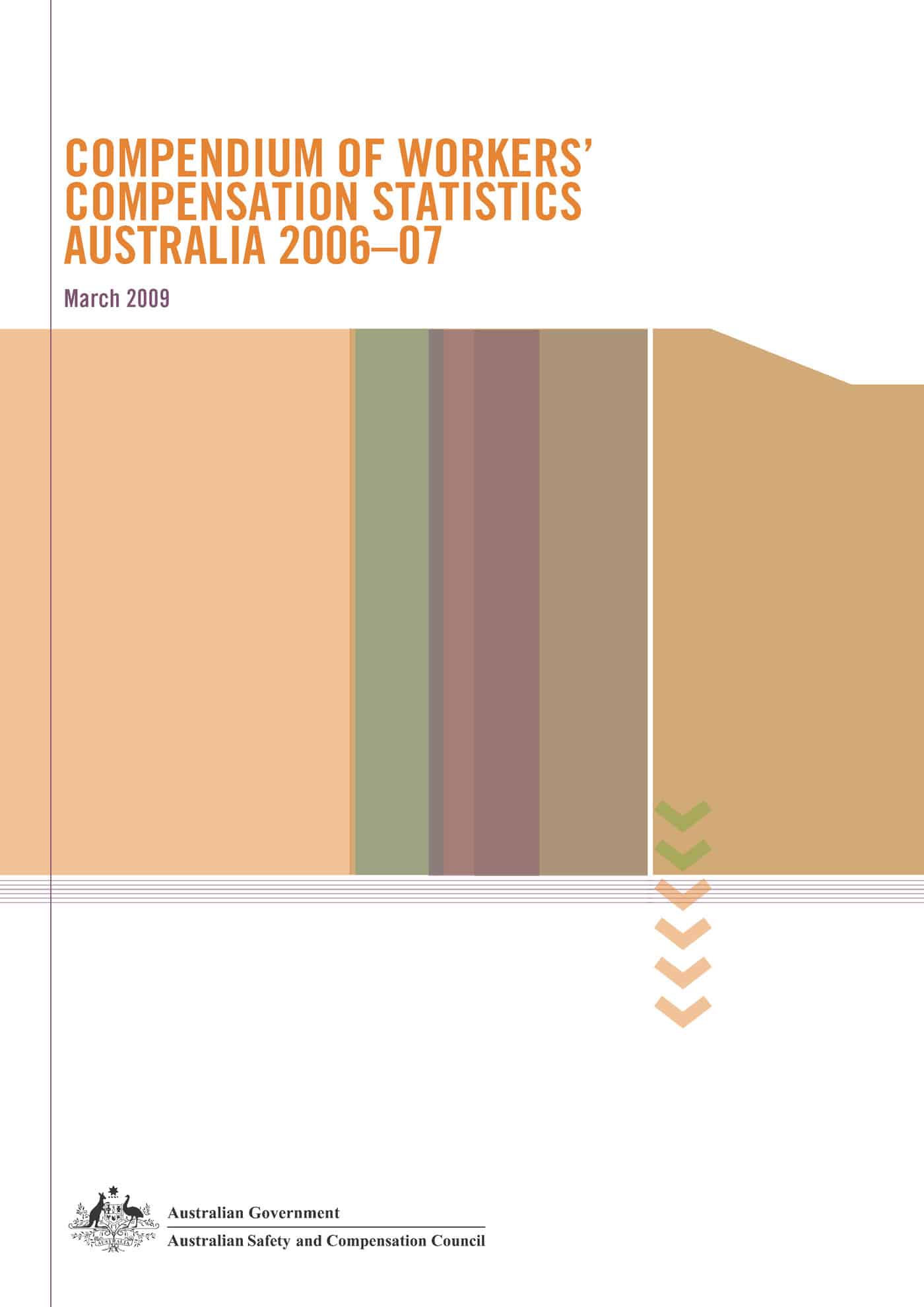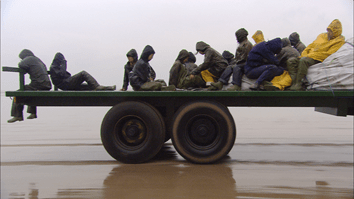The West Australian government has taken the extraordinary step of talking directly to the senior management of Australian mining corporation BHP Billiton about the recent spate of fatalities at BHP’s worksites. The cynic would say that we now know the number of workplace fatalities that it takes to gain a Minister’s attention however, the fact that this high-level meeting is occurring is a clear indication of the severity of the issue. It may also indicate just how effective a union safety campaign can be. It is just regrettable the campaign is generated from multiple fatalities rather than preventive issues.
According to the Minister, Nick Moore
“Mines inspectors will now issue prohibition notices to BHP under the Mines Safety and Inspection Act 1994 – basically a stop work notice – for any breach of work practices or work place conditions that may constitute a hazard to workers.”
Mr Moore went on to say, according to one media article, “…the policy would remain in force until he had seen the report of a Section 45 review currently under way into safety management systems at all of BHP Billiton’s Pilbara iron ore mine sites.”
The article noted that
“The review, requiring independent engineering studies of BHP worksites to be carried out, is expected to be completed by April 30.”
BHP, meanwhile, has given guarantees of the following safety improvements:
- Reduce site access;
- Improve contractor management;
- Enhance existing strategies to prevent excess working hours;
- Move rail operations from the Mine Safety and Inspection Act to the Rail Safety Act;
- Enhance traffic management standards, and;
- Suspend all non-essential work outside daylight hours





